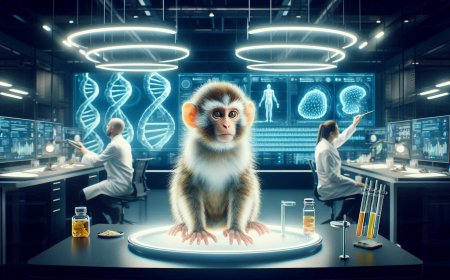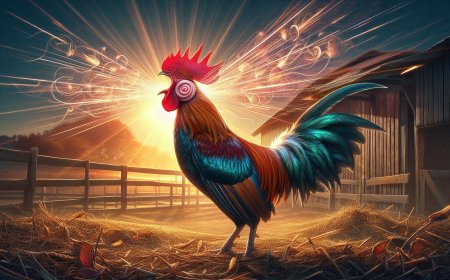The Unexpected Elegance of Tweezer Hands
Explore the surreal beauty of 'tweezer hands,' showcasing their unexpected elegance in a high-definition artistic representation. Delve into the fusion of precision and grace, capturing the essence of delicate fingers in a dreamy landscape.

In a quiet lab at Sapienza University of Rome, the line between human and machine is blurring in a surprising way. Ottavia Maddaluno, a cognitive neuroscientist known for her unconventional approach to bionics, stands before a group of eager participants, ready to explore a strange new idea: sometimes, less is more—especially when it comes to prosthetic limbs.
"Today," Maddaluno announces, her voice brimming with excitement, "we're not here to make prosthetics look more human. We're here to see if they can feel more human."
On the tables before them lie two peculiar tools: a hyper-realistic prosthetic hand that looks like it could be plucked from a medical textbook, and something quite different—a sleek, bionic device resembling a giant pair of tweezers. There’s a murmur in the room. Why would anyone choose tweezers over something so closely mimicking a real hand?
Maddaluno smiles, sensing their skepticism. "Let's see what your brain thinks."
In a virtual reality setting, participants find themselves in a colorful, surreal environment. Floating bubbles drift past them, changing colors in a soft, dreamlike haze. Their task is simple: pop the bubbles of the right color. Some are equipped with virtual human hands that mimic the look and motion of their own limbs. Others, however, are given the tweezer-like appendage.
At first, the difference seems stark. The human hands glide gracefully in the virtual space, moving as naturally as the participants’ own fingers. The tweezer hands, however, are less nuanced. They clamp, pinch, and release, lacking the fine motor skill of a human hand. But as the minutes pass, something strange happens—those using the tweezers begin to excel. They pop bubbles faster, more accurately, and with an ease that surprises even themselves.
One participant, Luca, stares at the screen after the test, his brow furrowed in thought. "I thought it would be harder," he says, flexing his real hand, still half-expecting to see the tweezers attached. "But… it just felt right."
The real mystery unfolds when Maddaluno’s team delves deeper into the participants' subconscious. Through a complex series of tests involving tactile sensations and visual cues, they probe how the brain integrates these new tools. To everyone’s surprise, it’s the tweezer hands that seem to meld with the participants’ sense of self more completely than the hyper-realistic prosthetic hands. When vibrations in the virtual reality experience match what their fingers feel, the tweezer hands seem almost to vanish into their bodies—a simple tool becoming an extension of the participants themselves.
Maddaluno watches the data pour in, her hypothesis slowly crystallizing. It’s not the complexity of the prosthetic that makes it feel real. In fact, the human brain seems to embrace simplicity, welcoming the tweezers with open arms—or, rather, hands.
For Maddaluno, the implications go far beyond the lab. The future of prosthetics has long been focused on mimicking human anatomy—making artificial limbs more real, more perfect, more like what was lost. But what if perfection isn’t the answer? What if the key to truly connecting with a prosthetic limb lies in embracing something altogether different?
"The uncanny valley isn’t just for robots that look too human," Maddaluno explains in a press conference weeks later. "Even with prosthetics, something that’s too lifelike can be unsettling. But the tweezers—these tools don’t pretend to be something they’re not. And maybe that’s exactly why the brain accepts them so easily."
As she speaks, her mind is already racing toward the future. Could simpler, streamlined prosthetics—ones that embrace their non-human nature—be the key to not just restoring mobility, but reconnecting individuals to their bodies in a profound way?
Back at the university, the next phase of experiments is already underway. Participants with real-world amputations are testing the physical versions of the tweezer hands. The goal isn’t just utility. Maddaluno wants them to feel whole again.
And maybe, in that elegant simplicity, they just might.
What's Your Reaction?






































































































